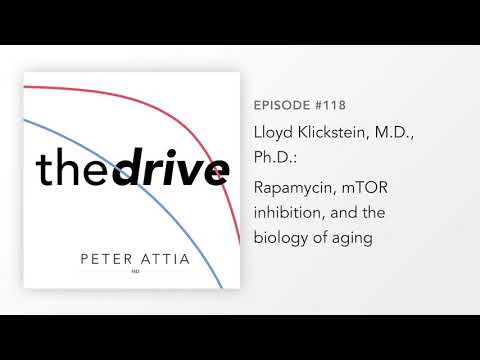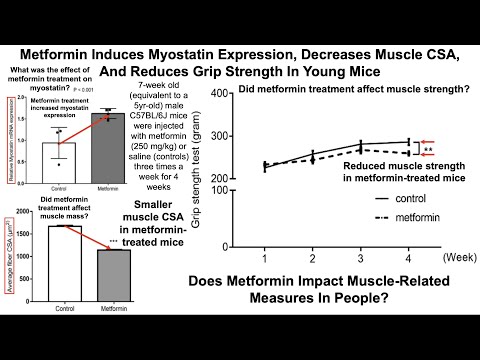I think the key reason people are wanting to take higher and higher doses of rapamycin is that in the ITP studies, the higher the dose of rapamycin, the longer the life extension effect found in mice. Additionally, numerous people have reported taking very high doses of rapamycin with little in the way of side effects (though this has to be monitored closely with regular blood tests) - so more generally people are testing how their bodies are responding to rapamycin. Most of us experience few if any side effects - so the natural tendency is to see if we can go a little higher and still maintain the same low side effect profile (while also increasing the time period between doses so as to not inhibit mTORC2 - and risk the immune suppression problem that goes with high, ongoing/continual dosing protocols. Search on the forum (top of page search icon) for “higher doses” and you can see many past discussions on this topic.
Here is one example of perhaps the highest dosing I’ve heard of - he seemed to be doing OK until he took a dose near the same time as the vaccination. High Doses of rapamycin by one user.
See below:


 Your efforts are much appreciated!
Your efforts are much appreciated!